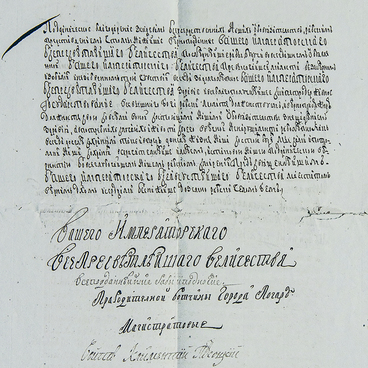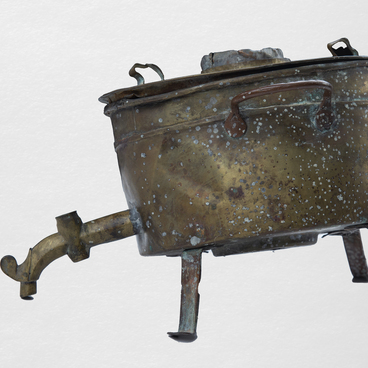Large fairs have been held in Bryansk region since the 16th century. The Magdeburg Law (about independence and self-government), which was granted to the town of Pogar by Tsar Alexei Mikhailovich, led to the trade developing there faster than in other Russian cities. By 1780, there were 355 shops. At the same time, almost a third of the shops, that is 109, was located in Pogar alone.
Large fairs were held three times a year in Pogar: on both of the Saint Nicholas Days also known as “Nikola Letny” (May 22) and “Nikola Zimny” (December 19), as well as on the feast of the Dormition of the Mother of God (August 15). According to the Rumyantsev revision of 1765-1769,
Large fairs were held three times a year in Pogar: on both of the Saint Nicholas Days also known as “Nikola Letny” (May 22) and “Nikola Zimny” (December 19), as well as on the feast of the Dormition of the Mother of God (August 15). According to the Rumyantsev revision of 1765-1769,



